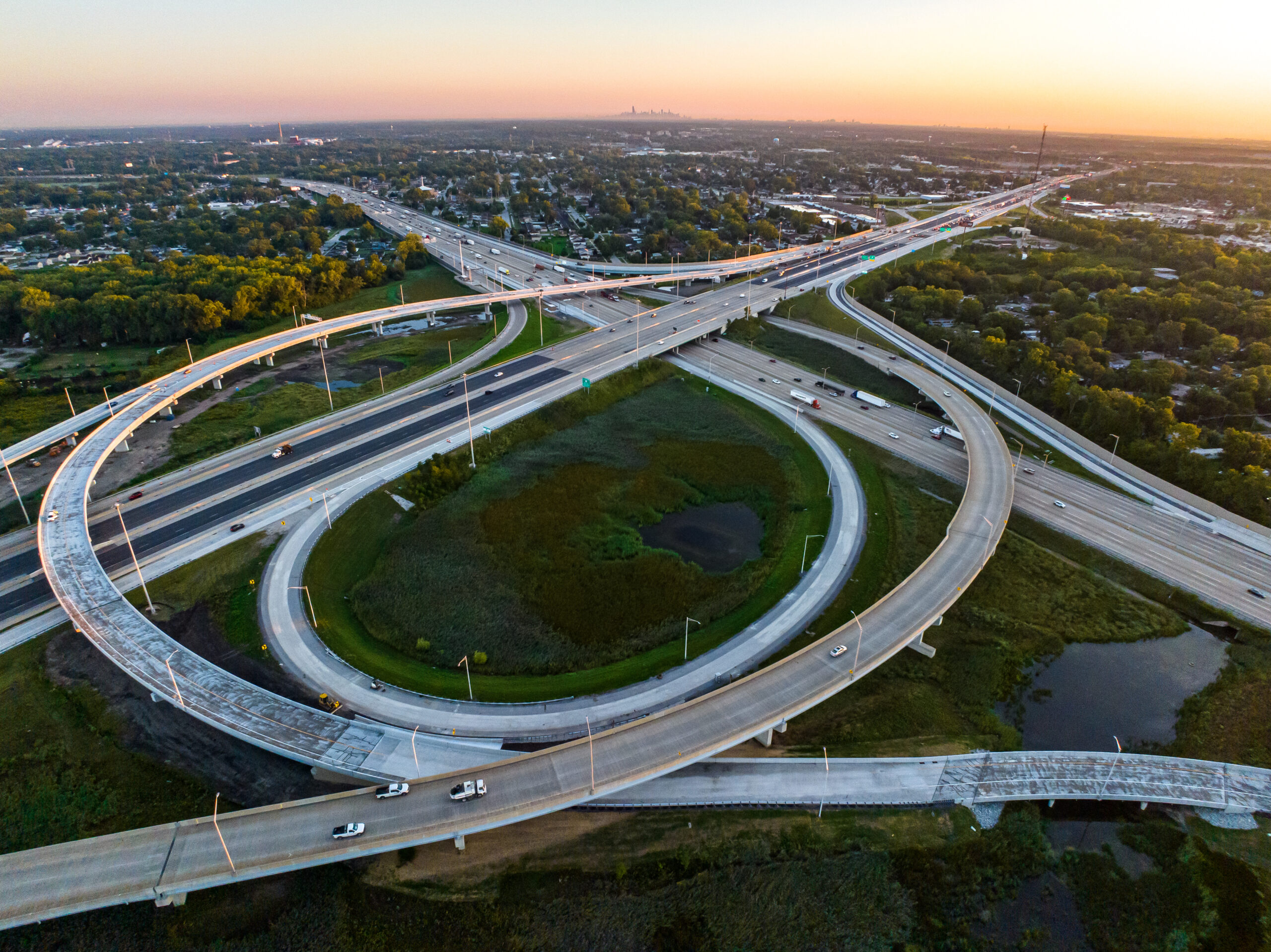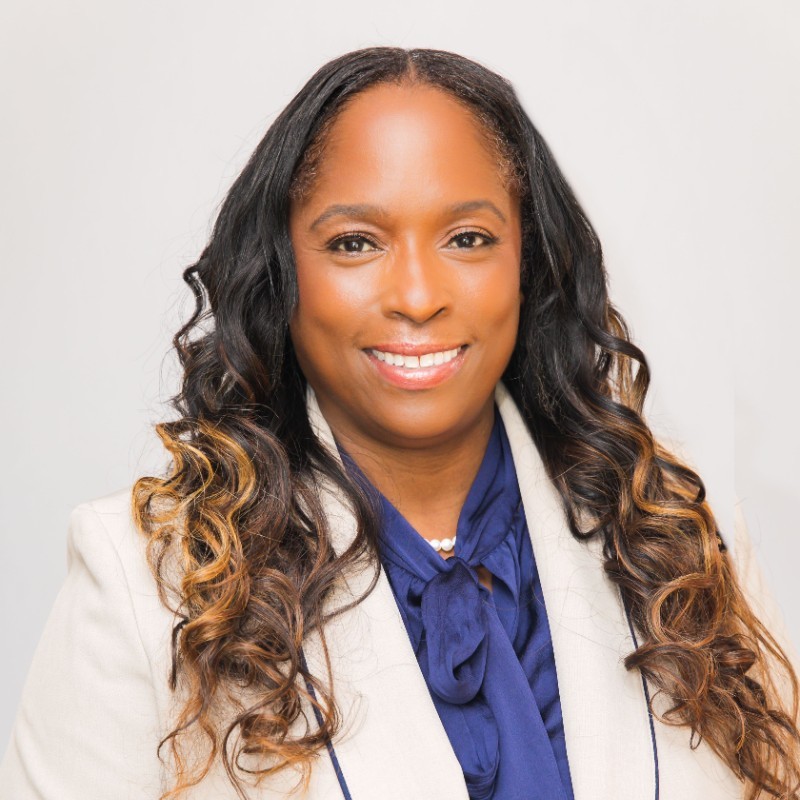
Roads to Renewal
How the Illinois Tollway delivers on a $14 billion investment
For the past two decades, the toll industry has experienced a transformation, expanding and modernizing facilities to increase safety and mobility and meet customers’ expectations of convenience and inclusivity. The Illinois Tollway is at the forefront of this evolution. Our $14 billion, 15-year program – the largest capital program in our history and, at the time, the largest of any toll agency in the nation, is 85% complete and a product of universal best practices and innovative approaches.
Launching our vision for the region
In 2011, the Illinois Tollway completed a comprehensive 18-month review and public discussion of our existing system’s needs and opportunities to improve regional mobility. As a result, the Illinois Tollway Board of Directors adopted the capital program: Move Illinois: The Illinois Tollway Driving the Future.
Today, Move Illinois is realizing a regional vision for greater congestion relief, reduced pollution and increased economic development. Drivers now enjoy greater travel time reliability and safety on the Jane Addams Memorial Tollway (I-90), a rebuilt, widened, state-of-the-art, 21st-century corridor linking Rockford, Illinois to O’Hare International Airport. We have constructed the all-electronic Illinois Route 390 facility, funded planning studies for other emerging projects and successfully connected the all-electronic Tri-State Tollway (I-294) to Interstate 57. The I-294/I-57 interchange links five communities, improving the movement of goods and more than 76,000 commuters daily and attracting some 15 million square feet of new commercial space and 3,000 new jobs.
Under the program, we also converted more of our system to all-electronic tolling to meet the expectations of our large base of transponder customers. We have 8.2 million active I-PASS transponders and capture 2.6 million toll transactions daily.
Throughout our 294-mile system, the movement of goods and motorists is now more fluid. The program also has improved air quality, created or sustained more than 120,000 direct and indirect jobs, awarded more than 800 construction and professional services contracts and linked economies across the Midwest.
Behind the success of Move Illinois
Delivering a large, complex capital improvement program according to the budgets and schedules we set 15 years ago – as we provide seamless, reliable travel times for 1.5 million drivers a day and process more than one billion transactions annually – has been one of the most challenging and rewarding experiences our 1,400-person operation has ever undertaken. It has required vision, patience, unprecedented cooperation and collaboration and a blend of both traditional best practices and more innovative approaches:
1. Solid governance structure. One key to our success is establishing a solid governance structure focused on policies, procedures and controls. We also identified key performance indicators to help us benchmark and measure performance. At targeted program milestones, we actively audit and evaluate our performance and improve upon Move Illinois’ progress when needed, to maintain our time, budget and service objectives.
One of the program’s most valuable governance tools is a risk framework. Creating the framework allowed us to identify and address program- and project-level threats. Continually updating it keeps the question of “What could go wrong?” top of mind, allowing us to anticipate and address issues before they become disruptive.
2. Organizational structure. Partnering with the Tollway’s program management office has been instrumental in Move Illinois’ success. The program management office ensures the right people are in the right roles, creates a culture of continuous improvement and efficiency and ensures we adopt the proper technical innovations to wrap around the program.
3. Peer-to-peer exchange groups. Candid conversations with other toll operators make us aware of risks, opportunities and approaches we may not have considered. Hearing how agencies have managed large, complex capital programs has led us to become better, faster problem-solvers and an all-around more efficient, effective agency.
4. Diversity. The Illinois Tollway covers both urban and suburban markets, spans 12 counties and includes the nation’s third-most populated city. We are committed to creating a diverse, inclusive organization that reflects the region we serve. Our diversity programs have removed barriers and opened doors for people and businesses who have enriched our program. Their experiences, backgrounds and ethnicities have produced a more thoughtful, inclusive program that appeals to and benefits a broader audience.
5. Workforce development. The Illinois Tollway has long been aware of workforce shortages and strives to create a regional workforce that can deliver large, complex capital improvement programs within the budgets and timeframes we’ve set. Along with our annual professional services internship program, we offer a unique, year-long engineering cooperative education program to enable college students to gain hands-on experience in the transportation industry. This innovative program creates a qualified pool of diverse people ready to enter careers in heavy highway and related construction.
Implementing Move Illinois in 2011 was like shooting an arrow with the goal of it hitting a target 15 years in the future. Through a series of universal best practices and innovative approaches, we have kept the arrow on course. As Move Illinois begins its draws to a close, it will be one of the largest, most complex capital improvement programs ever delivered in the U.S. toll industry. Like many of our peer agencies, we are proving tolling’s ability to launch visionary programs and land them as promised.
ABOUT THE AUTHOR
 Cassaundra Rouse
Cassaundra Rouse
Executive Director
The Illinois Tollway
Cassaundra Rouse has more than a decade of experience at the Illinois Tollway, focusing on the execution and monitoring of agency objectives, policies, guidelines and programs while ensuring the agency’s goals and objectives are addressed. She previously served as the Illinois Tollway’s Chief Strategy and Implementation Officer, where she led efforts to develop new ways to drive innovation to successfully position the agency for the future.
Rouse has also served as the Tollway’s Chief of Administration, responsible for the development and implementation of administrative policies and procedures and employee compliance, and as Chief of Internal Audit, overseeing the design and execution of organizational audit strategies, engaging in direct communications with senior management on risk mitigation activities and internal controls.
SEE MORE ARTICLES
